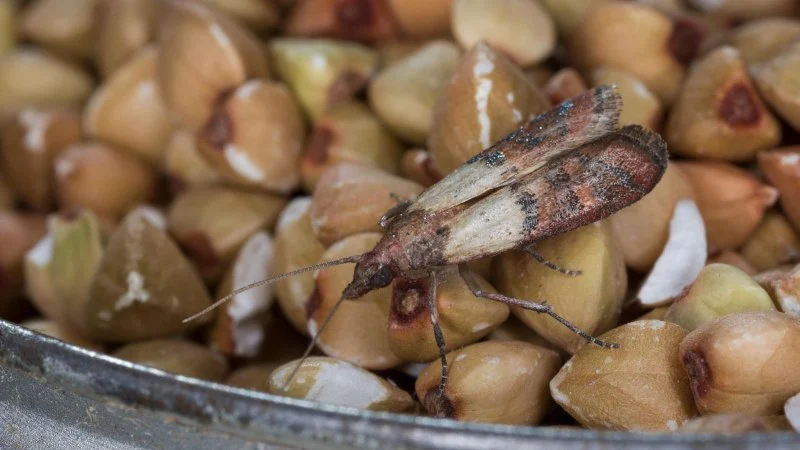
- 1. Introduction to Pantry Insects
- 2. Common Types of Pantry Insects
- 3. How to Prevent and Control Pantry Insects
- 4. DIY Methods to Keep Pantry Insects Away
- 5. When to Call Professional Pest Control
- 6. Tips for Maintaining a Clean Pantry
1. Introduction to Pantry Insects
Pantry insects, such as weevils, moths, and beetles, are common pests that invade food storage areas, ruining dry goods like flour, rice, and pasta. While these pests are typically harmless to humans, they can quickly infest your pantry and make your food inedible. Knowing how to prevent and control pantry insects is essential for keeping your kitchen clean and your food safe.

PinPoint Pest Solutions
GreerSpartanburg CountySouth Carolina
2571 E Phillips Rd, Greer, SC 29650, USA
2. Common Types of Pantry Insects
Several types of insects can invade your pantry, but some are more common than others. Here are the most frequently found pantry pests:
2.1 Weevils
Weevils are small beetles that are often found in flour, rice, nuts, and dried beans. Their larvae are typically the ones that cause the most damage by feeding on stored food. They are hard to spot until the infestation has become severe, so regular inspection of food items is important.
2.2 Pantry Moths
Pantry moths, or Indian meal moths, are one of the most common pantry pests. These moths lay eggs on grains, dried fruit, and packaged foods. The larvae hatch and feed on the food, creating webs and leaving behind a trail of debris. If you notice moths flying around your kitchen, you likely have an infestation.
2.3 Beetles
Beetles are another common pantry pest that can damage dry goods like pasta, grains, and cereals. They tend to be larger than weevils and moths, and their presence is usually noticeable by the holes they leave behind in packaging or food. Some beetles, such as the flour beetle, can live in your pantry for a long time, continuing to reproduce and spread.
3. How to Prevent and Control Pantry Insects
Prevention is key when it comes to pantry pests. Once you’ve identified that you have an infestation, taking action quickly is essential to avoid further damage. Here are some effective ways to prevent and control pantry insects:
3.1 Store Food in Airtight Containers
One of the best ways to prevent pantry insects is by storing your food in airtight containers. Glass, plastic, or metal containers with tight-fitting lids will keep pests out and help maintain the freshness of your food. This is especially important for items like flour, grains, and dried fruit, which are common targets for insects.
3.2 Rotate Your Food Stock Regularly
Keep your pantry organized and ensure that older items are used before newer ones. This practice, known as "first in, first out," reduces the likelihood of storing food for too long and helps prevent infestations from developing in forgotten packages.
3.3 Inspect Food Before Storing
Before placing food in your pantry, inspect it for signs of insects or damage. If you find any food with holes in the packaging or visible insects, discard it immediately. Be vigilant when bringing new food items into your home to prevent inadvertently introducing pests into your pantry.
4. DIY Methods to Keep Pantry Insects Away
In addition to proper food storage, there are several DIY methods to prevent pantry insects from invading your space:
4.1 Use Bay Leaves
Bay leaves are a natural insect repellent that can help keep pests like weevils and moths away from your pantry. Simply place a few dried bay leaves inside food containers or around your pantry shelves to deter pests.
4.2 Use Diatomaceous Earth
Diatomaceous earth is a non-toxic powder made from fossilized algae that can kill insects without harming humans or pets. Sprinkle it around the edges of your pantry and inside food containers to create a barrier against pests.
4.3 Essential Oils
Certain essential oils, such as peppermint, eucalyptus, and lavender, are known to repel pantry insects. Mix a few drops of essential oil with water and spray it around your pantry to keep pests away. You can also soak cotton balls with the oils and place them in corners and cracks where pests might hide.
5. When to Call Professional Pest Control
If you've tried all the DIY methods and still struggle with a pantry insect infestation, it may be time to call in a professional pest control service. A pest control expert will be able to assess the severity of the problem and use specialized treatments to eliminate the infestation. Professional services can also help prevent future issues by identifying potential entry points and areas of concern.
6. Tips for Maintaining a Clean Pantry
Maintaining a clean pantry is crucial for preventing future infestations. Here are a few tips to help keep your pantry insect-free:
6.1 Regular Cleaning
Clean your pantry shelves and floor regularly to remove any crumbs, food particles, or spilled items. A clean pantry makes it much less likely that insects will find a suitable environment to thrive.
6.2 Check Expiry Dates
Ensure that you regularly check the expiry dates on your pantry items and dispose of any expired products. Expired food is more likely to attract pests, especially if it’s been sitting for a while.
6.3 Seal Cracks and Gaps
Inspect your pantry for cracks, gaps, or holes in the walls or around the door. Seal any openings to prevent pantry insects from entering your kitchen. Using weather stripping around the door and fixing any damaged areas will keep pests at bay.
By following these preventive measures and implementing the recommended control techniques, you can protect your pantry from insects and enjoy a pest-free food storage area. If you need further assistance, visit PestControlHub for expert advice and pest control products tailored to your needs.

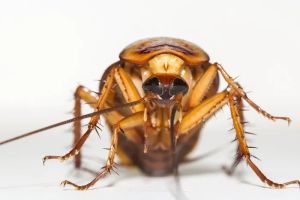
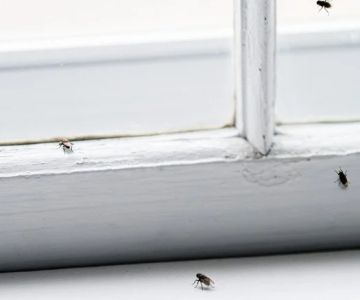





 Above and Beyond Pest Control4.0 (56 reviews)
Above and Beyond Pest Control4.0 (56 reviews)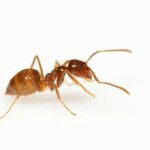 Professional Pest Control Inc.5.0 (8 reviews)
Professional Pest Control Inc.5.0 (8 reviews) Home Paramount Pest Control3.0 (46 reviews)
Home Paramount Pest Control3.0 (46 reviews) Appalachian Animal Control5.0 (2 reviews)
Appalachian Animal Control5.0 (2 reviews) EcoShield Pest Solutions4.0 (3108 reviews)
EcoShield Pest Solutions4.0 (3108 reviews)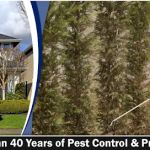 Minnick Termite & Pest Control Inc5.0 (8 reviews)
Minnick Termite & Pest Control Inc5.0 (8 reviews) How to Remove Wasps Without Getting Stung: Safe and Effective Methods
How to Remove Wasps Without Getting Stung: Safe and Effective Methods How to Deal With Pest Infestations Near Water Features
How to Deal With Pest Infestations Near Water Features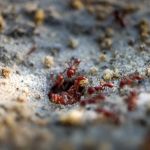 How to Control Fire Ants in Your Yard: Effective Solutions and Tips
How to Control Fire Ants in Your Yard: Effective Solutions and Tips How to Clean Surfaces After Pest Treatments – A Complete Guide
How to Clean Surfaces After Pest Treatments – A Complete Guide The Cost of Pest Control: What You Should Expect to Pay
The Cost of Pest Control: What You Should Expect to Pay How to Block Pest Entry in Retaining Walls: Effective Solutions
How to Block Pest Entry in Retaining Walls: Effective Solutions